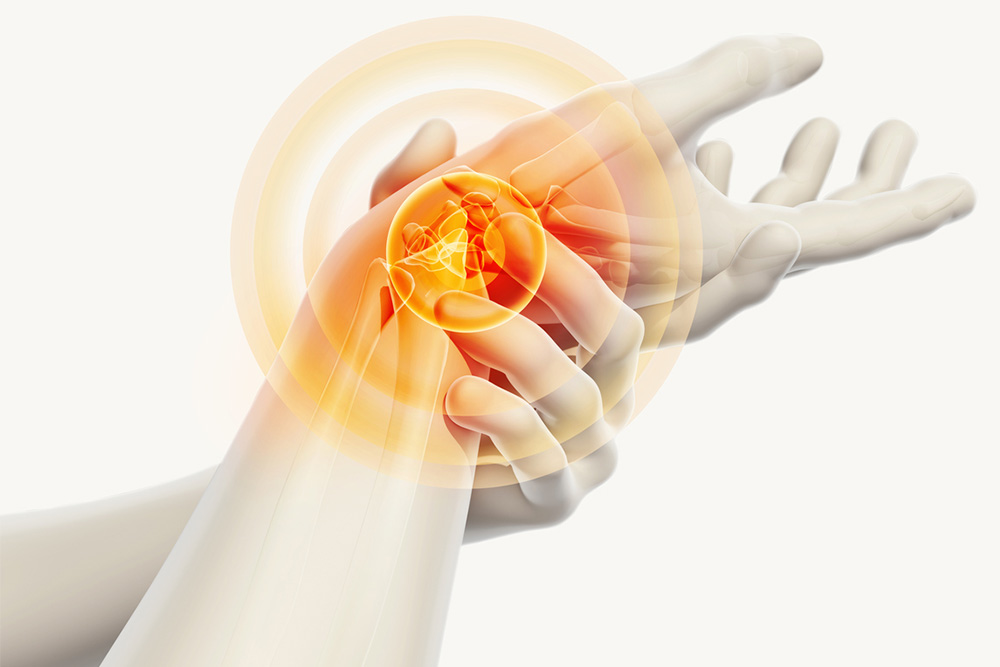What Is The Fascia And Why Does It Matter?

Ryan Cross, B.A. Hons (Kin), MScPT, FCAMPT
Registered Physiotherapist in Sarnia, Ontario, Canada
For as much as we know about how the body works, there are still mysteries when it comes to anatomy and body functions. The fascia is one area of functional anatomy that is not well understood and is sometimes overlooked. The fascia is a specialized system of the body that has an appearance similar to a spider’s web or the membranes of an orange. Fascia is like plastic wrap around all muscles and organs that is connected and permeates the whole body. It is a structure that can adapt and is highly innervated by the nervous system. It plays a role in many functions of the body, but we are only just scratching the surface of what we know about it. Let’s begin with the basics.

Related Article: Reduce Muscle Fatigue With Foam Rolling
What is Fascia?
Fascia is the soft tissue component of the connective tissue system that filters through the entire body. This forms a three dimensional structure of support that is continuous throughout the whole body. This continuous network envelops all muscles, bones, and organs. The fascia assists with muscles as they glide through movements, facilitates fluid flow between tissues, and transmits mechanical forces. This broad definition of fascia describes fascial tissues as an interconnected tensional network that can adapt to the demand placed on each part of the fascia.

Photo Credit: Fascial Restructuring Therapy
The Structure of Fascia
Fascia will present differently according to where it is located in the body. The superficial fascia is a layer of areolar connective tissue or adipose tissue located directly beneath the skin. Deep fascia consists of dense connective tissue which separates groups of muscles and contains them into specific compartments. Visceral fascia surrounds all organs and helps to maintain the position of each organ.

PC: Premax.co
Why is the fascia Important?
- Pain and inflammation causes the fascia to tighten and lose its extensibility. Over time, this can force some parts of the body to maintain a particular position which will prevent full mobility of the fascia.
- Since the fascia permeates the whole body, decreased mobility of the fascia in one area can contribute to pain in a distant area.
- The fascia also contributes to the fluid dynamics of the body by influencing interstitial fluid flow. This will affect functional and structural changes of the tissues, which helps maintain healthy tissue.
- Differences in the content of water, ions and other substances within the interstitial fluid can change the biomechanical properties of connective tissue.
- The fascia also contributes to the respiratory system and breathing mechanics.
 Want to know exactly what you need to eat to feel better, lose weight, end cravings and have more energy? Check out the Viome gut microbiome and wellness kit.
Want to know exactly what you need to eat to feel better, lose weight, end cravings and have more energy? Check out the Viome gut microbiome and wellness kit.
What can I do to keep my fascia healthy?
The fascia plays a role in the function and mobility of the entire body; therefore it is important to keep it working to its full potential. Take care of your injuries no matter how seemingly insignificant because pain and inflammation can cause the fascia to tighten and lose its mobility – see Is Quality Sleep A Predictor For Sports Injury? Treating injuries properly can protect against this loss of extensibility. Staying hydrated and drinking water consistently throughout the day can help the fascia and its role in interstitial fluid flow. Daily mobility work and exercises that target the fascia can also help keep the fascia limber and strong. Finally, deep breathing exercises and proper breathing during exercise can also maintain proper function of the fascia.
 Recover faster from high-intensity workouts with the Recoup Fitness Roller.
Recover faster from high-intensity workouts with the Recoup Fitness Roller.
Although there may be more to learn about the fascia and its multifaceted role in the body system, having an awareness of the basics can help maximize mobility and function. The fascia is a connective tissue system that connects and supports the body in different ways. Don’t forget about the fascia when working out and maintaining a healthy lifestyle.
Related Article: When You Should Go See A Physical Therapist
You Might Like:
7 Key Exercises To Prevent Shoulder Injuries
Ryan Cross, B.A. Hons (Kin), MScPT, FCAMPT Registered Physiotherapist in Sarnia, Ontario, Canada Have you ever had difficulty reaching up to the top shelf or doing an overhead lift? Most people have encountered a shoulder...7 Ways To Prevent Running Injuries
Ryan Cross, B.A. Hons (Kin), MScPT, FCAMPT Registered Physiotherapist in Sarnia, Ontario, Canada Running is one of the most common activities that people participate in to maintain a healthy and active lifestyle. Running injuries happen...Avoid Back Pain & Stretch Your Hip Flexors | FastTwitchGrandma Tips & Tricks
Prolonged sitting can tighten your hip flexors and when you stand it pulls on your lumbar spine. This can cause severe back pain and muscle dysfunction. This hip flexor stretch is prescribed 2-3 times a...How To Treat 7 Common Running Injuries
Ryan Cross, B.A. Hons (Kin), MScPT, FCAMPT Registered Physiotherapist in Sarnia, Ontario, Canada Running is an activity that can provide many benefits. It improves cardiovascular function, aids in weight control, and can alleviate stress. Runners...The 4 Stages Of “Frozen” Shoulder
Ryan Cross, B.A. Hons (Kin), MScPT, FCAMPT Registered Physiotherapist in Sarnia, Ontario, Canada Anyone who has hurt their shoulder before can understand the difficulty reaching up for the coffee mug in the morning or tucking...Carpal Tunnel Syndrome Guide
Ryan Cross – B.A. Hons (Kin), MScPT, FCAMPT Registered Physiotherapist at CBI Physiotherapy and Rehabilitation Centre in Sarnia, Ontario, Canada Everyone has heard about carpal tunnel syndrome. It is usually the self diagnosis for any...References:
Findley, Thomas W., and Mona Shalwala. “Fascia research congress evidence from the 100 year perspective of Andrew Taylor still.” Journal of Bodywork and Movement Therapies 17.3 (2013): 356-364.
Stecco, Antonio, and Max Roman. “Fascia research e A narrative review.” Journal of Bodywork & Movement Therapies 16 (2012): 67e75.
Simmonds, Nigel, Peter Miller, and Hugh Gemmell. “A theoretical framework for the role of fascia in manual therapy.” Journal of bodywork and movement therapies 16.1 (2012): 83-93.
Schleip, Robert, Heike Jäger, and Werner Klingler. “What is ‘fascia’? A review of different nomenclatures.” Journal of bodywork and movement therapies 16.4 (2012): 496-502.













